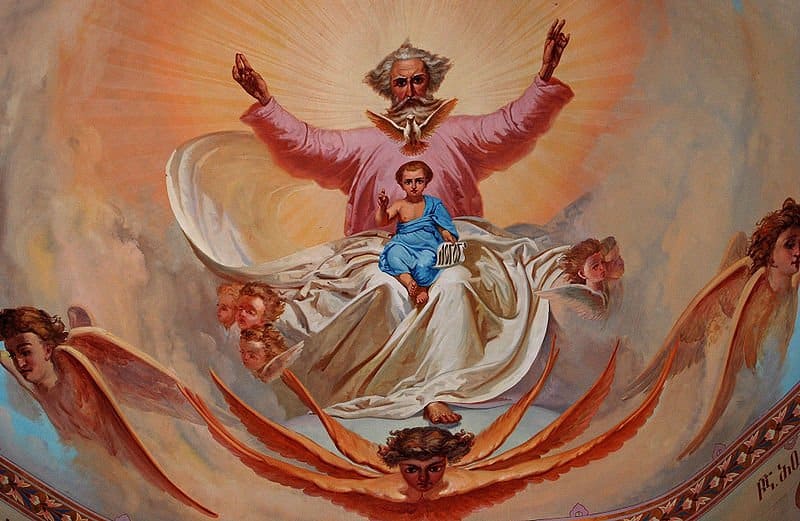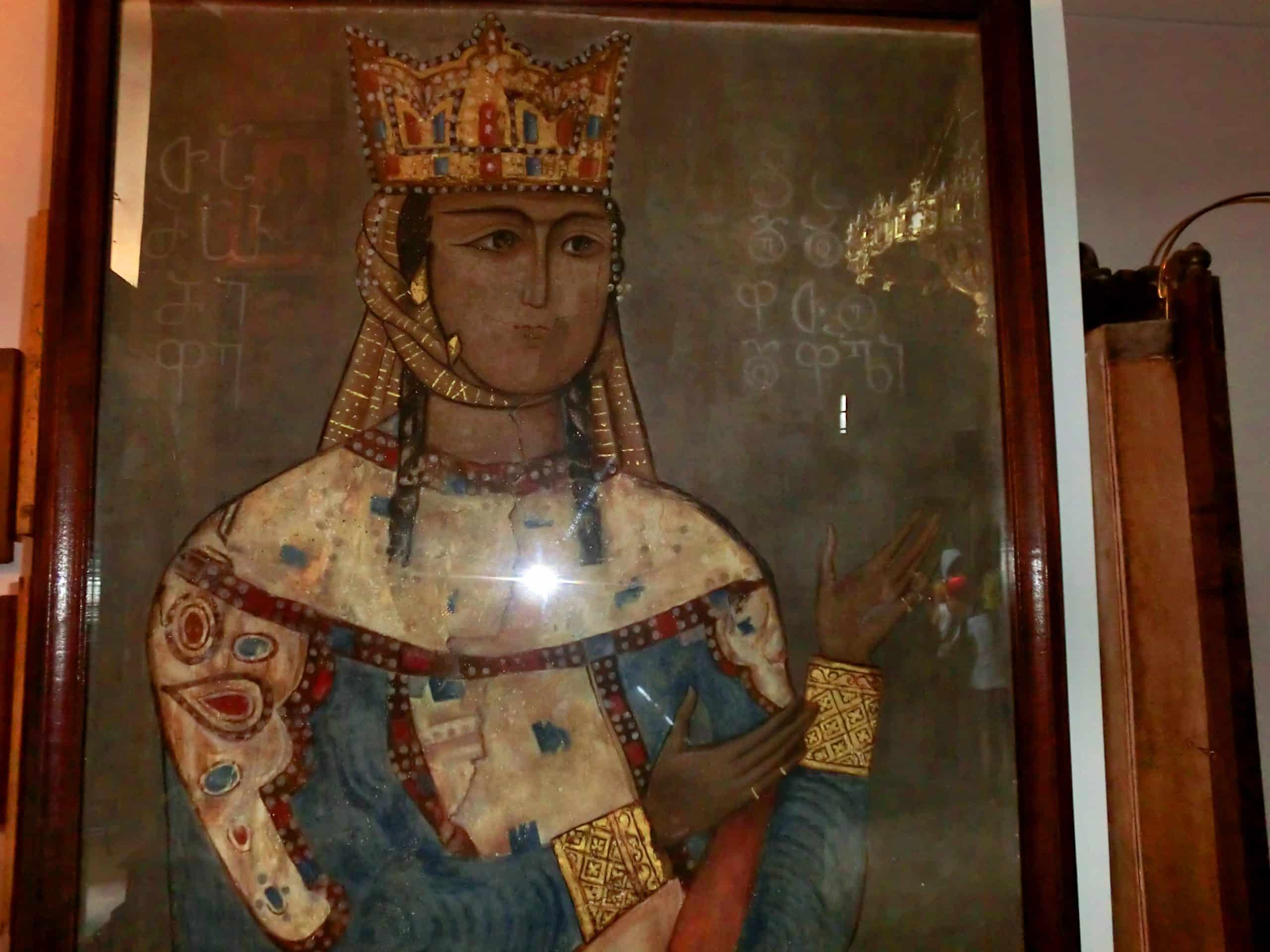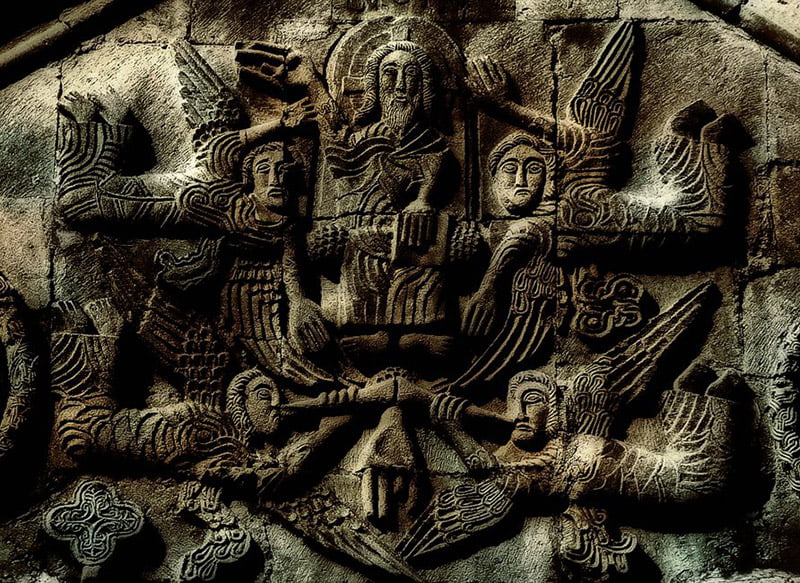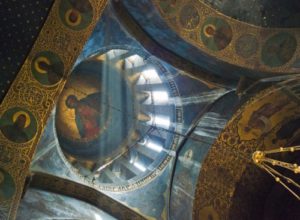Frescoes, inscriptions and engravings from Georgia
Georgia is an orthodox country with numerous churches built at various times throughout its long history:
About Frescoes, inscriptions and engravings from Georgia, Inside the churches a lot of frescoes can be found depicting saints, builders (ktitors in Greek) of the church, kings, queens, donators etc.
These frescoes with inscriptions sometimes are of crucial importance in learning the country’s history.
As for the exterior, a lot of engravings and inscriptions are found on the walls of the churches.
Frescoes: Frescoes of Georgian churches can be grouped according to the regions:
Frescoes from Svaneti:
Svaneti has a rich church-art heritage of its own, with many of the tiny village churches boasting frescoes 1000 years old.
As a mountainous region SVANETI has been isolated from the whole country .
And during invasions of Georgia over the centuries, icons, arts and other artifacts from other regions were brought here for safekeeping and many of them are still kept in private houses.
Svaneti region is known for its so-called “family-churches” .
Once again reminds us how independent and self-sufficient the Svan people are and how their religion and culture in general differs from those of the rest of Georgia.
Frescoes in general are made inside the churches, for interior, but in Svaneti frescoes are found outside the church and that make the region unique.
The most famous frescoes in Svaneti are from Lenjeri and Nakipari churches.
Frescoes in imereti:
Imereti region is rich in churches and in murals respectively, but the most important are frescoes form Gelati monastic complex.
This complex was founded in 12th century by King David the Builder and was a major center of enlightenment in Georgia for many centuries.
The monastery had preserved a great number of murals dating back to 12-18th centuries
But the murals of the early 12th century and early 13th have not survived and there are several chronological layers according to the periods of reconstruction.
Frescoes from Racha:
Very beautiful frescoes can be found in Nikortsminda church located in the village with the same name.
Nikortsminda is the peak of Georgian orthodox sculptural architecture.
Interior is decorated by the frescoes from 16-17th centuries and rich ornaments reflecting the mastery of the late medieval-ecclesiastic art.
As for the outside it has a shape of short-armed cross and the facades of the cathedral are covered with smoothly hewn stone. Beautiful ornaments can be found both in-, and outside.
Another important region rich in frescoes is ancient city Mtskheta-Jvari monastery and Svetitskhoveli cathedral. Jvari monastery is a fone example of early Georgia Christian architecture. Nowadays the interior mosaics and frescoes have been largely destroyed by the elements.
Svetitskhoveli cathedral:
has preserved a great number of frescoes and murals, but most of them have not survived in their original state.
All interior walls are painted with frescoes depicting saints, important people for the country’s history, Biblical episodes etc.
The walls are decorated with Christian orthodox icons most of which are not original, but after careful restoration some few remnants survive including fragments of 13th century.
Among them are Beast of the Apocalypse and figures of Zodiac.
The church also features carved grapes as it was common for other churches in Georgia reflecting Country’s ancient wine-making traditions.
Alaverdi monastery is located in Kakheti region, near the administrative center Telavi. It was the tallest Georgian church until the new Sameba cathedral in Tbilisi.
Alaverdi’s walls are decorated with frescoes which were covered with whitewash or plaster by Muslim invaders.
Later it was restored but covered again by Communists.
So frescoes in their original state have not been survived, but in 2010 architects working on the restoration of the monument made a discovery.
They found a very old fresco on the northern wall of the church and as scientists presume it dates back to the primary painting of the monastery walls.
The layer of painting was seriously damaged.
As scientists think it might be a fresco of church warden, but they do not rule out that it might be a fresco of David Agmashenebeli as well.
Inscriptions:
Inscriptions are important sources for exploring our past.
They are mostly made on the walls of the churches or found on the stones which are fragments of décor or walls.
Except Georgian, inscriptions in different languages are found in Georgia and scientists do not neglect them if found next to Georgian ones.
Armaziskhevi inscriptions:
Archeological excavations carried out near the influx of Armazikhevi revealed a cemetery dating back to late Bronze-early Iron Age, 2nd-4th cc.
Especially remarkable from this cemetery are two stelaes with inscriptions.
The first is bilingual (Greek-Aramaic) epitaph – so-called the Armazian bilingual. The second is monolingual stela with Aramaic inscriptions narrating Georgians’ victory in Armenia in 1st c. AD.
Another Aramaic inscription from Georgia is a fragment of a wine pitcher found in Dedoplis Mindori (East Georgia).
It is the third occasion in Georgia when Aramaic inscription is met on a wine pitcher.
Greek inscriptions are found next to Georgian and Aramaic ones:
One of them found several years ago dates back to 2nd -3rd cc AD.
This inscription was found damaged near the village Kavtiskhevi. The text was restored.
One of the oldest Georgian inscriptions is kept in Bolnisi Sioni which is the oldest historical documents of Georgian alphabet depicting Asomtavruli, one of the versions of the Georgian alphabet.
Engravings:
Among the numerous churches located in Georgia Nokortsminda cathedral in Racha and Svetitskhoveli cathedral in Mtskheta are special for the richness of engravings, sculptures, triptychs, canvas etc.
Nikortsminda monastery:
Is the peak of Christian orthodox architecture.
That is due to the fact that several different styles can be seen there.
The décor shows the richness of the selection of motifs and the manner of execution.
From the outside the cathedral shapes like a short-armed cross and the facades are covered with smoothly hewn stone.
Multiple-figured story-telling reliefs and episodes can be richly found in its décor.
Svetitskhoveli cathedral:
has preserved a lot of frescoes and engravings from different periods. Most of the old frescoes have disappeared but remaining painting is rich and diverse.
The same can be said about the sculptures in the exterior walls.
Most of them are from 11-12 centuries and are very important for the history of the cultural heritage.
Among the numerous sculptures of religious content of special interest is the right hand portrayed on the wall of the cathedral.
Hand is holding a small axe and belongs to the builder of the cathedral. It was cut off for his impudence because the young master had surpassed his teacher.
To learn more about Georgian customs, art and civilization, you can choose from our different tours.
Booking and reservations for our tour packages :
Sure, you can reserve and book your tour and get your price with us.
Also, you can just book or call us to start your tour and we will direct you to the right trip and the right vehicle with a guide.
For example, about the service we can offer you: Cars – Guides – Day trip guidance – Walking and adventure trips…etc.
More information and to see our different tours, you can click here.





